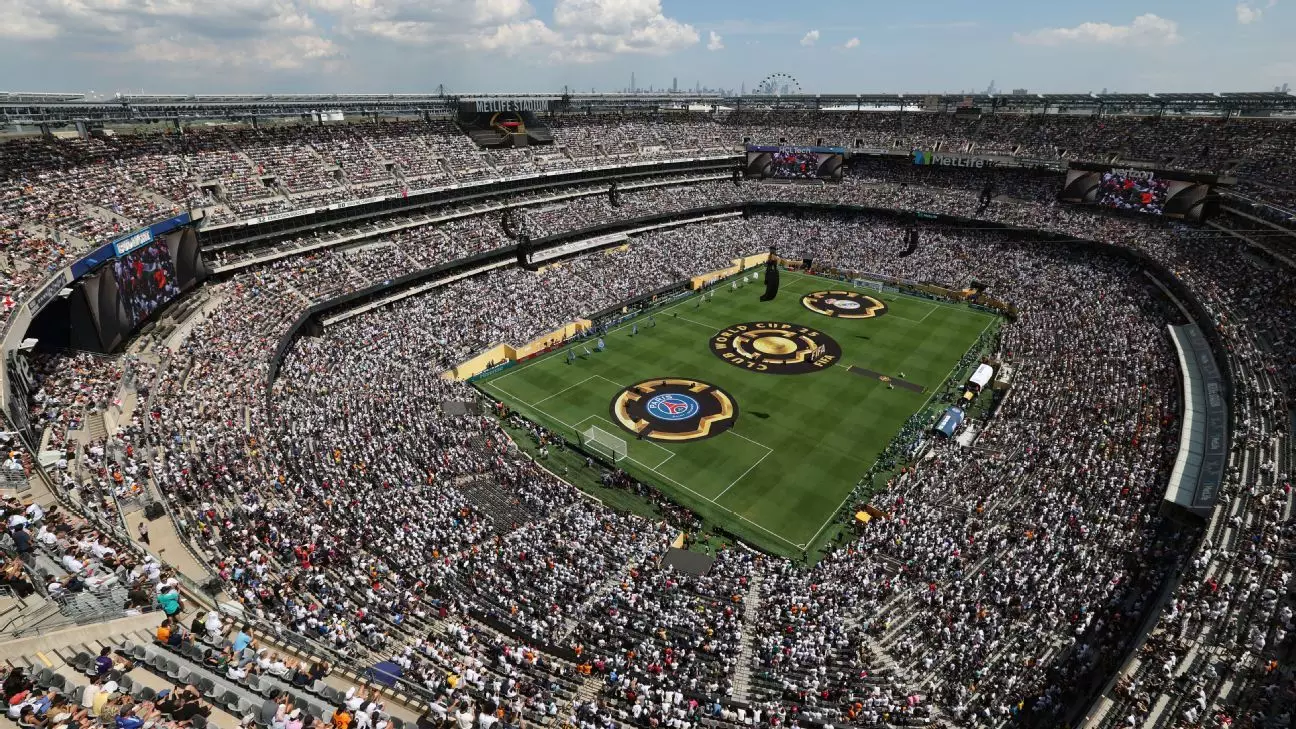The conclusion of the latest Club World Cup signals more than just the culmination of a worldwide tournament; it marks a seismic shift in how North American soccer is perceived on the global stage. With a record-breaking attendance surpassing three million fans, this event has shattered long-standing perceptions that North America is merely an outsider trying to carve out a place in international football. Instead, the continent has taken bold steps to establish itself as a credible and compelling competitor, not just as a lucrative market, but as a genuine hub of soccer talent, passion, and innovation.
This momentum underscores how regional pride is intertwined with the recognition of football as a unifying cultural force. The excitement surrounding this tournament exemplified the hunger of North American fans for high-level competition, paving the way for a new chapter in the sport’s history within the region. What was once considered a secondary stage is now transforming into a pivotal platform that showcases local clubs and players on a global scale.
Triumphs and Challenges: The Complex Journey Toward Global Relevance
While the tournament’s success has sparked optimism, it also exposes the complexities involved in elevating North American soccer to world-class levels. The event’s organizers faced logistical hurdles—reconfiguring stadiums accustomed to different sports, adapting ticketing systems, and contending with extreme weather conditions—all while ensuring that the competition met international standards. Despite these obstacles, the event demonstrated resilience and determination, showcasing that growth often involves overcoming adversity.
The fact that prominent clubs like Paris Saint-Germain and Chelsea—globally recognized brands—met in the finale further highlighted the tournament’s significance. Yet, more importantly, emerging clubs like Inter Miami, with star Lionel Messi, achieved historic victories, signaling that the region is beginning to produce and attract top talent capable of competing with Europe’s best. This development fuels a growing narrative: North America is not just a consumer of football entertainment but an active participant shaping its future.
Broadening Horizons: Opportunities and Strategic Imperatives
Contrary to the narrative that European clubs dominate the global scene, the Club World Cup served as a wake-up call for the soccer community worldwide. It proved that domestic leagues such as Major League Soccer are evolving rapidly, and their clubs are capable of engagement that commands respect. This newfound legitimacy is critical not just for the sport’s growth but for attracting investors, international players, and broadcasting deals.
However, sustaining this momentum requires strategic planning. The tournament’s success needs to translate into a long-term vision for infrastructure development, youth academy investments, and fostering local talent. Furthermore, embracing the diverse cultural fabric of North America—as highlighted by passionate crowds with varied backgrounds—can serve as a compelling differentiator for the region’s soccer identity.
Future Perspectives: Building on This Crucial Milestone
This groundbreaking edition has set a precedent—what began as an experimental event now carves the way forward for future tournaments. The alliances formed between clubs, the upgrades in stadium facilities, and the heightened exposure have collectively created an aspirational blueprint for North American soccer. The potential to attract world-class tournaments, develop local stars, and host a competitive national team is becoming more tangible than ever.
The pride emanating from the regional accomplishments must be balanced with humility and a relentless drive to innovate. As the sport continues to grow, so too must the strategic investments and community engagement efforts. The region’s passionate fan base is not just a passive audience but an active catalyst that can propel North American soccer into a new era of excellence and influence.
In essence, this tournament demonstrated that with ambition, resilience, and strategic foresight, North America is poised to redefine its legacy in world football—transforming from a market eager for respect into a powerhouse shaping its own destiny.

